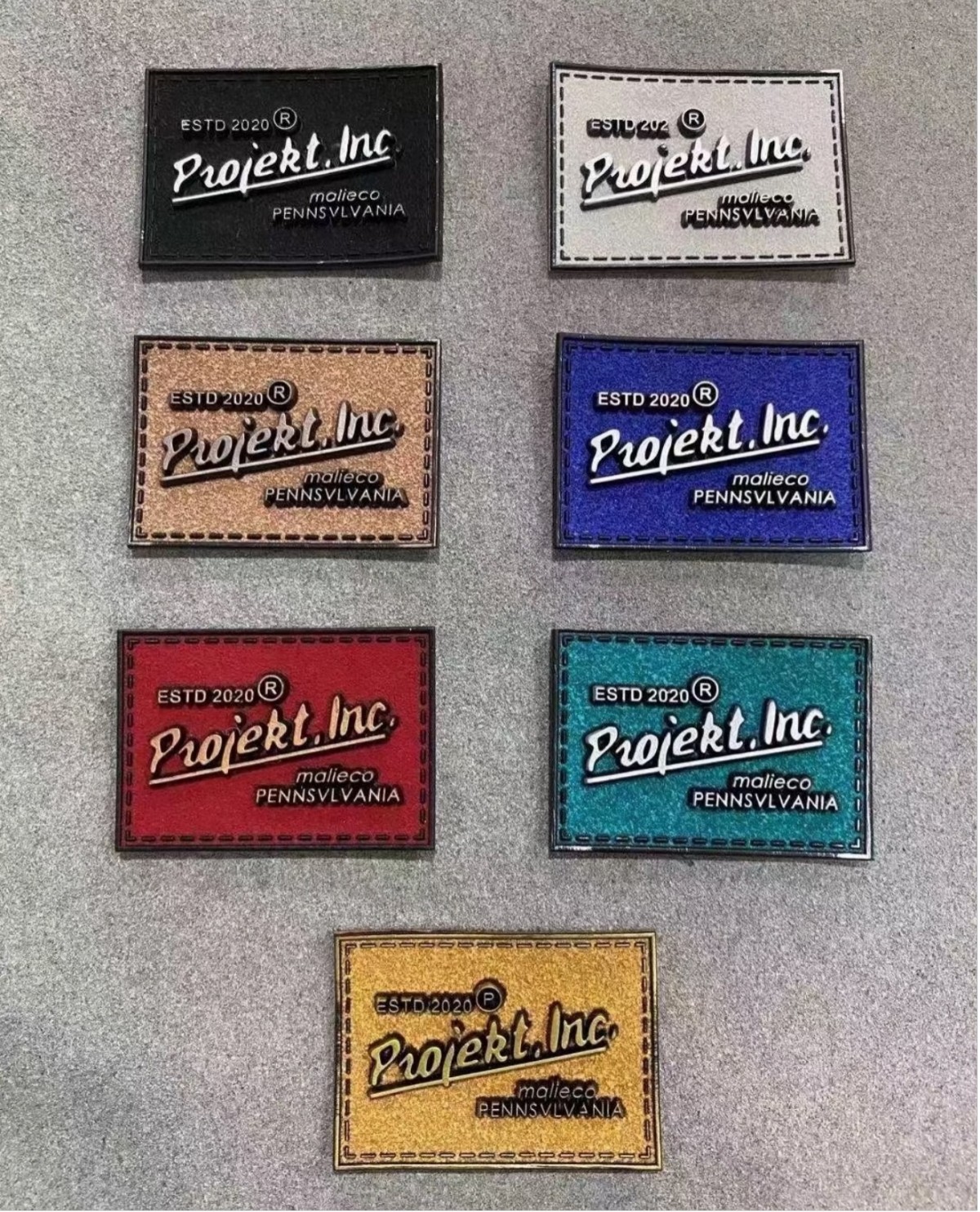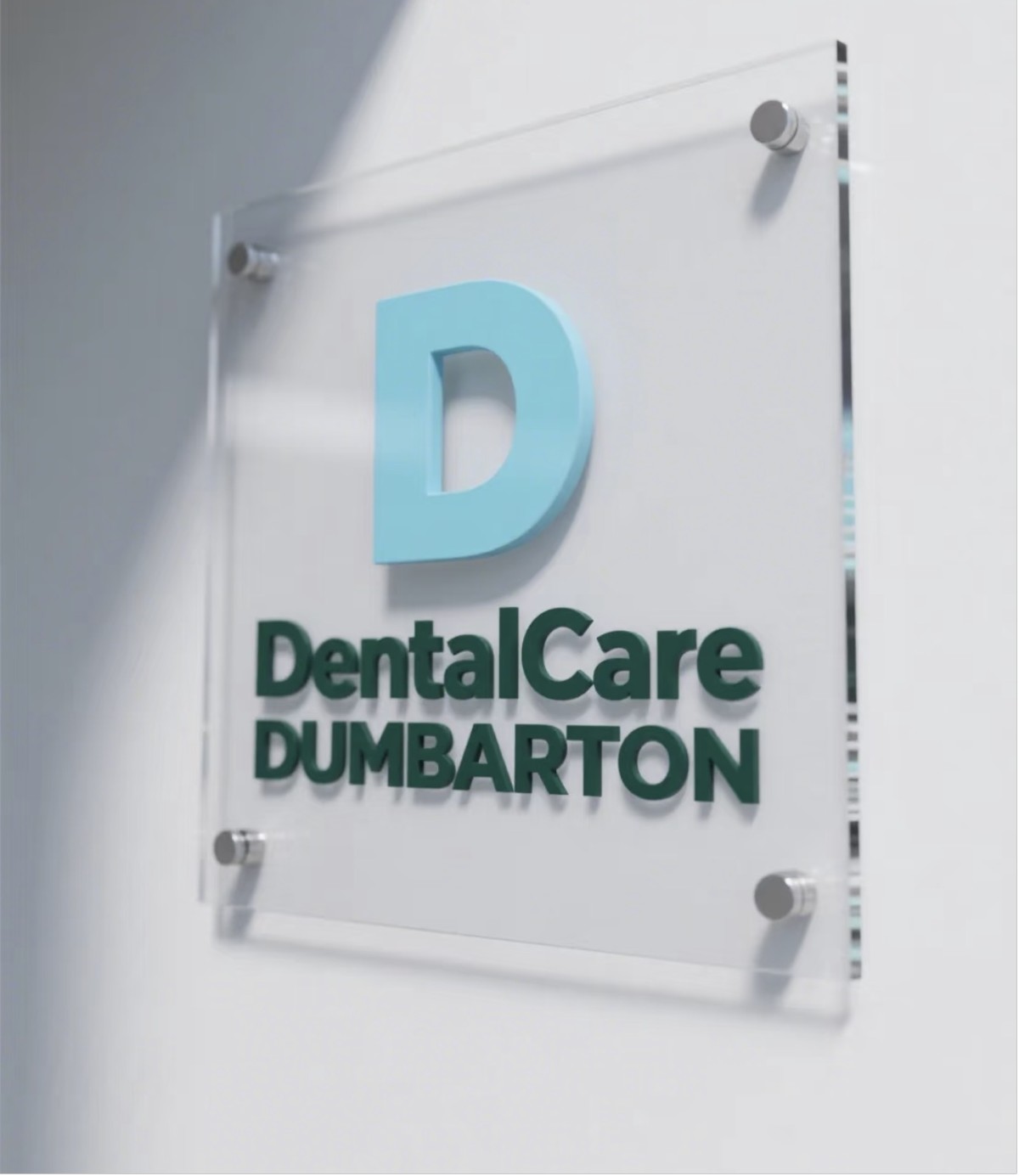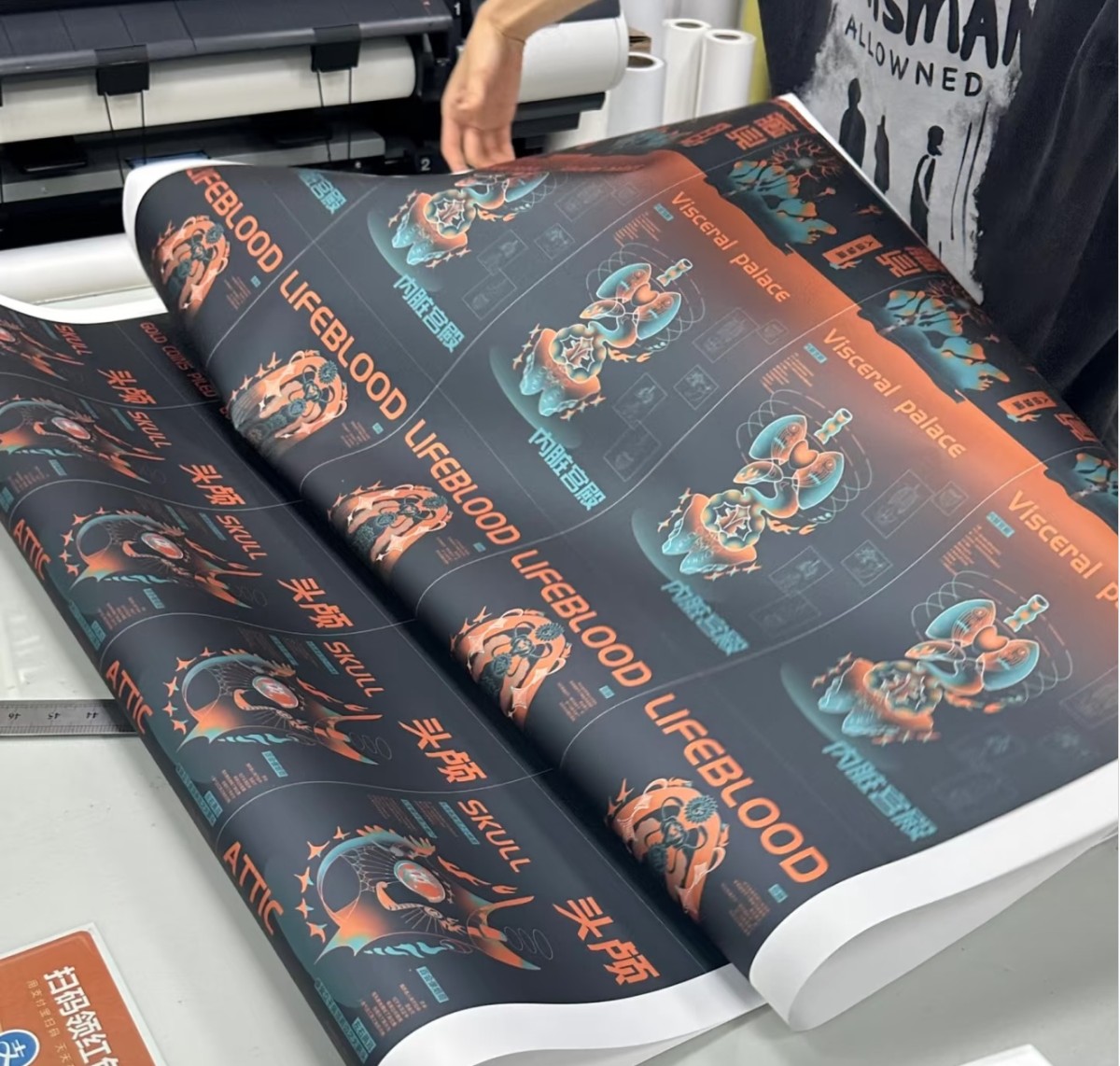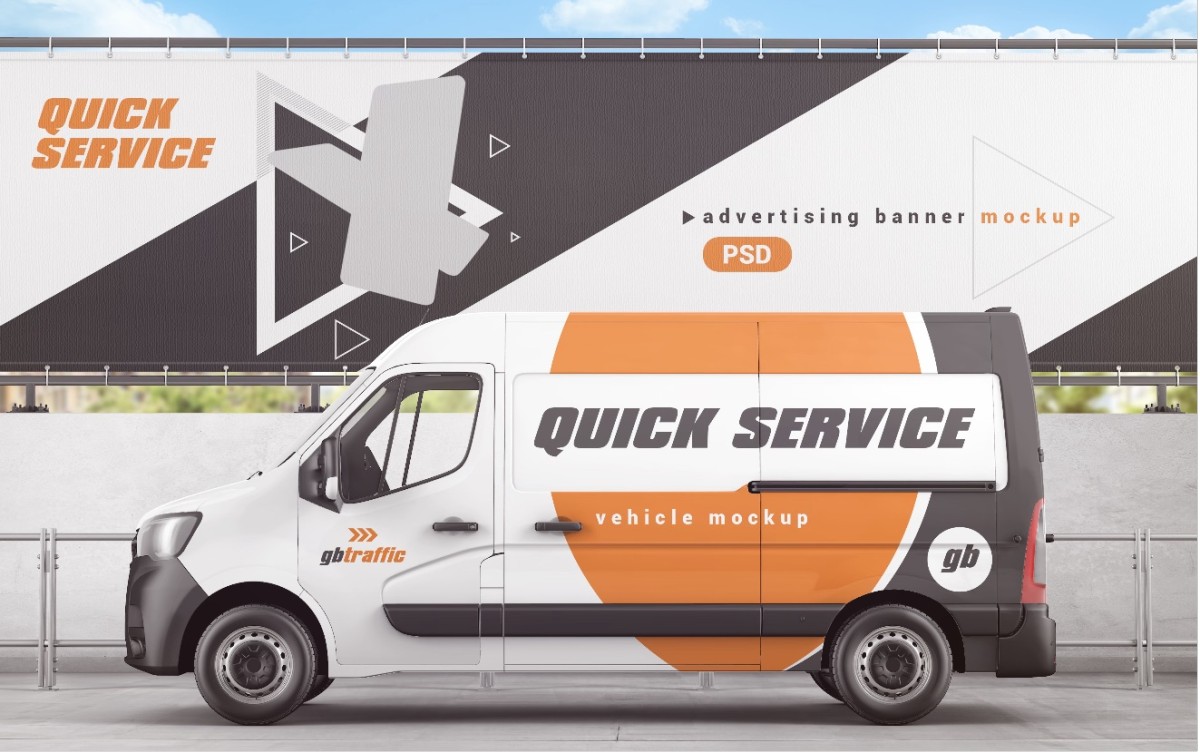1. Different Working Principles
UV printers use UV ink cured instantly by ultraviolet light. No coating is needed—prints dry immediately.
Eco-solvent or water-based printers spray ink that dries naturally or with heat as it penetrates the media surface.
2. Different Printable Materials
UV printers can print on almost any material: glass, wood, metal, plastic, leather, acrylic, etc.



Eco-solvent printers are mostly used for flexible materials like photo paper, stickers, lightbox films, vinyl, PVC banners, etc.


3. Different Application Scenarios
UV Printer: Ideal for signage, phone cases, custom gifts, home décor, and industrial decoration.
ECO Solvent Printer: Common in advertising prints, posters, roll-up banners, car wraps, and short-term outdoor promotions.
4. Print Quality & Ink Differences
UV prints offer vibrant color, 3D texture effects, white ink, and varnish support for premium output.
Eco-solvent prints are smooth and natural, ideal for photos and posters, but do not support white ink.
5. Durability and Weather Resistance
UV prints are waterproof, UV-resistant, and last 3–5 years outdoors.
Eco-solvent prints may require lamination for outdoor use, as they are less durable without protection.
6. Machine & Operating Costs
UV printers cost more (¥30,000–¥300,000), with higher ink cost, but support high-value multi-material printing.
Eco-solvent printers are more affordable (¥10,000–¥50,000), with simple maintenance and ideal for advertising startups.
7. How to Choose the Right Printer?
Choose a UV printer for personalized, high-margin, multi-material products.
Choose an eco-solvent printer for high-speed, large-format advertising production.
8. MYJET Offers the Right Printing Solution
MYJET provides a wide range of UV flatbed, roll-to-roll, and eco-solvent printers for signage, customization, and industrial use.
GET IN TOUCH
